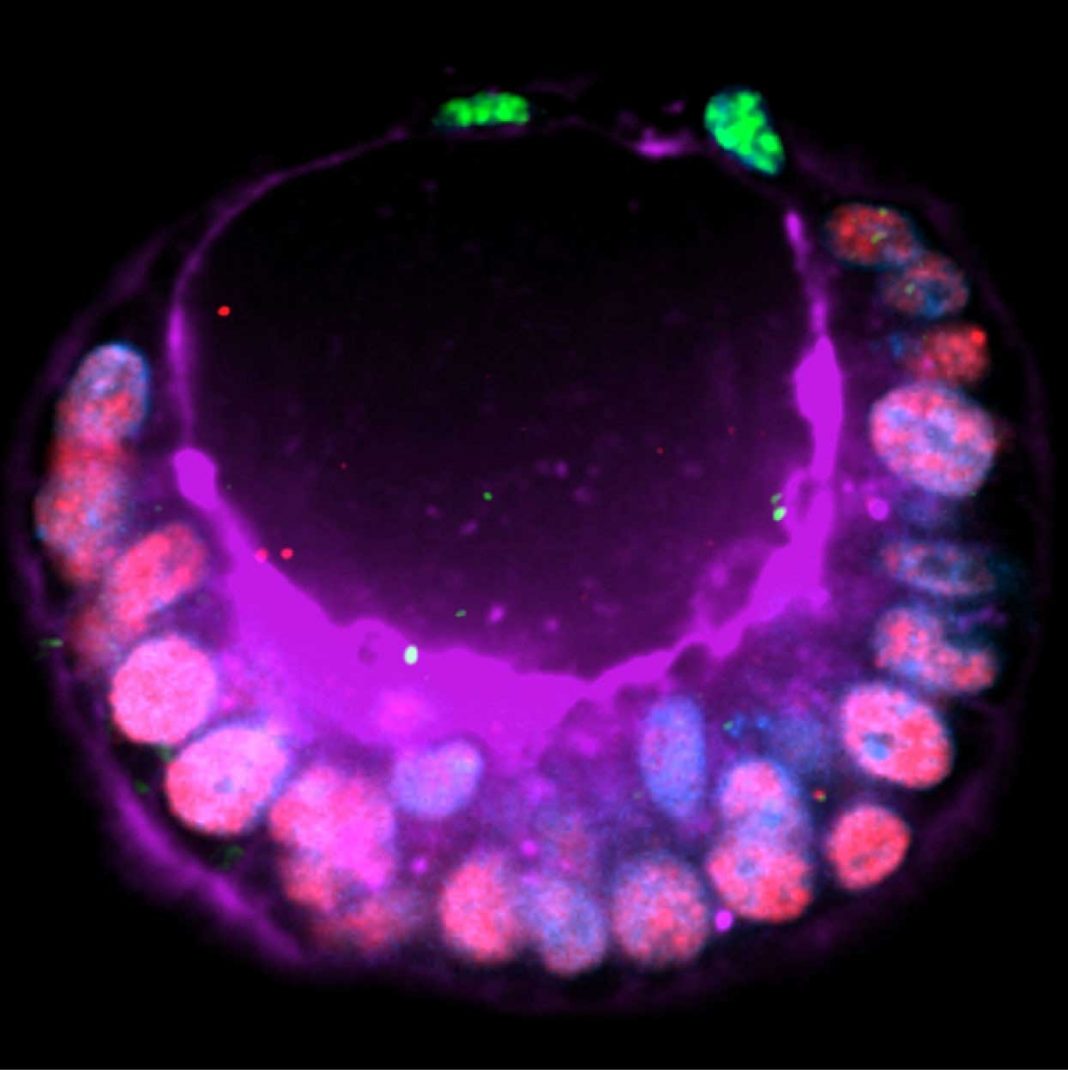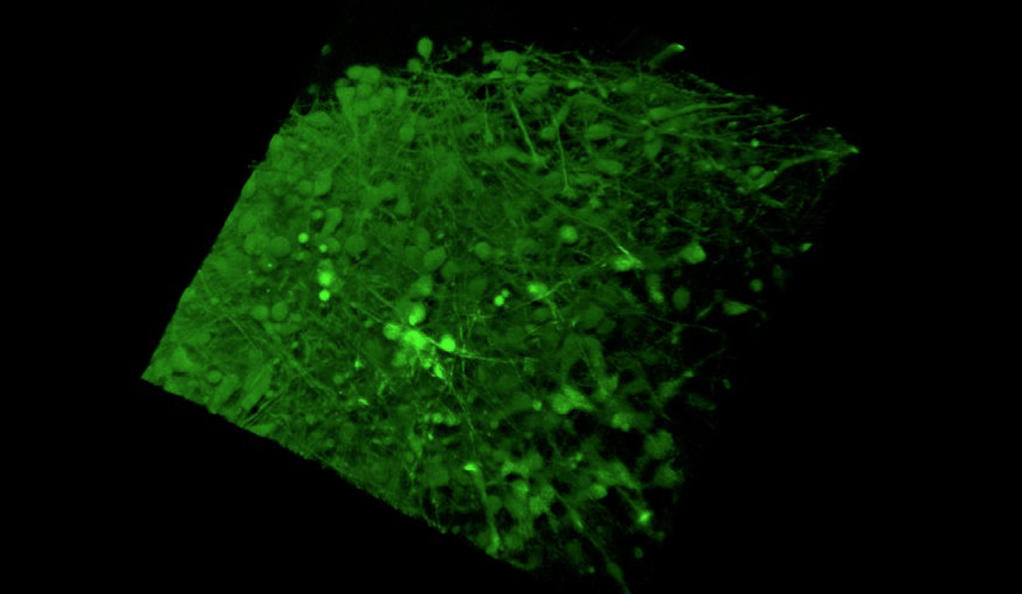Advancements in stem cell technology enable an amniotic sac called the PASE to be grown in a lab. The structure itself is grown from human pluripotent stem cells that mimic that of the amniotic sac and could soon be used in an attempt to better understand infertility.
The first few weeks of pregnancy is an extremely critical stage and one that still holds many mysteries, especially as to why the process so often fails, leading to infertility. However, a new development by a team from the University of Michigan may be about to change that by using a process involving stem cells. This will allow researchers a real insight as to what’s really going on during this critical stage. As the cells grew, they formed into structures that closely resembled that of a human amniotic sac. The only real difference is that the structure lacks the necessary components required to develop any further into a fetus.
This process is the first of its kind and marks an exciting time for the team. Co-senior author Deborah Gumucio, professor of cell and developmental biology and professor of internal medicine, explained that “as many as half of all pregnancies end within the first two weeks of fertilization.” It’s because of this incredibly high rate that this type of work is being carried out. “We hope this work will make it possible for many scientists to dig deeper into the pathways involved in normal and abnormal development, so we can understand some of the fascinating biologies on earth,” says Gumucio.
PASE is the name given to the sac-like structure and stands for post-implantation amniotic sac embryoid and in their paper, the team describes just how it develops into the completed structure that so closely resembles the human amniotic sac. To you and I, it simply looks like a wonky, plastic, Easter egg, with two clearly separate halves that have formed around a hollow middle. But, of course, it is so much more than that. It’s during its development stage that genes become activated and signals are sent from cell to cell helping to build the embryo.
The next stage for the team is to explore additional characteristics of amnion tissue and what part it plays in the contribution of miscarriage. They’re also planning on taking a closer look at those aspects of human amnion formation that are shared with that of a mouse.
More News to Read











